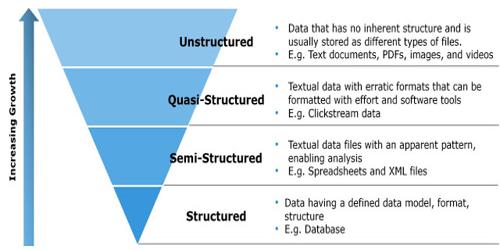Unstructured Decisions: At the other end of the continuum are unstructured decisions. While these have the same components as structured ones—data, process, and evaluation—there is little agreement on their nature. With unstructured decisions, for example, each decision maker may use different data and processes to reach a conclusion. In addition, because of the nature of the decision, there may only a limited number of people within the organization qualified to evaluate the decision.
Semi-Structured Decisions: Decisions in the middle between structured and unstructured decisions, requiring some human judgment and at the same time with some agreement on the solution method. Area of focus for most DSSs. In the middle of the continuum are semi-structured decisions – where most of what are considered to be true decision support systems are focused. Decisions of this type are characterized as having some agreement on the data, process, and/or evaluation to be used, but are also typified by efforts to retain some level of human judgment in the decision-making process. An initial step in analyzing which support system is required is to understand where the limitations of the decision maker may be manifested (i.e., the data acquisition portion, the process component, or the evaluation of outcomes).
Structured Decisions: Structured or Programmed decisions are the ones where the organization has already faced such decisions. And the employees are used to solving such problems. For instance the hiring of new IT specialists in a firm. Many analysts categorize decisions according to the degree of structure involved in the decision-making activity. Business analysts describe a structured decision as one in which all three components of a decision – the data, process, and evaluation are determined. Since structured decisions are made on a regular basis in business environments, it makes sense to place a comparatively rigid framework around the decision and the people making it.














